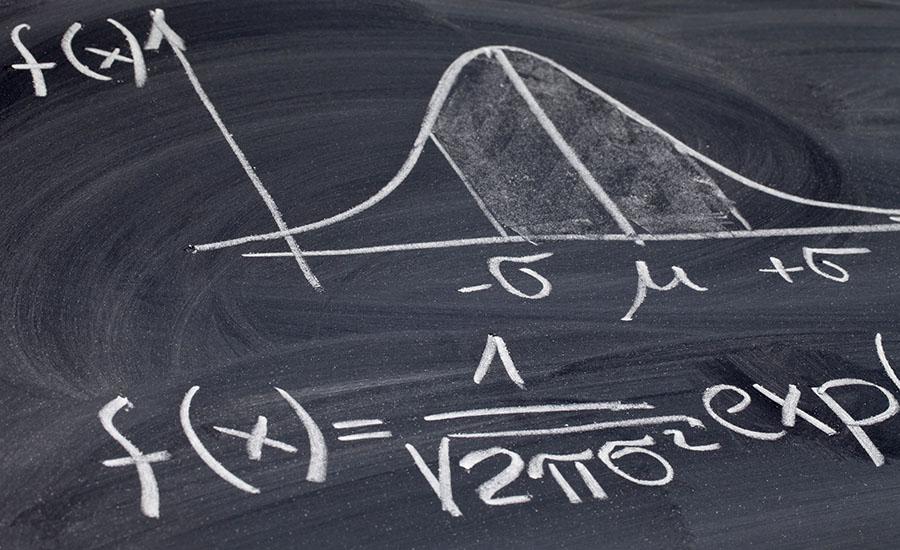
The Principles Behind the Roller Coaster
by Kay Kelly
This lesson plan is the nitty-gritty principles of roller coaster. It can be taught and used for 4th grade and 5th grade students. The first part of the lesson is the discussion of the principles behind the roller coaster. Afterwards, they are expected to engineer and build their roller coaster. It can be done by group or individual. This lesson is a fun-learning opportunity for them to understand and explore the different forces of motion and the theories of Newton. The presentation includes the lesson, STEM sheet, and certifications if the teacher is interested to do an awards assembly after the challenge.
Lesson Grade Level
4th GradeLesson Plan Link/URL
https://docs.google.com/presentation/d/1DmLIiZFS6K3QA5SfnyqtV04Eyj_Xnm6l/edit?u…Subject Area
Science Physical Science P3: Net Force P4: Energy Transfer Technology 3. Knowledge Constructor 4. Innovative Designer Engineering S2: Apply the Engineering Design Process S7: Apply Project Management to Engineering English Language Arts (ELA) Reading (Informational Text) Writing Speaking & Listening
Featured
Off
Related Content

Grades:
6th Grade
To demonstrate their understanding of how energy is passed throughout an ecosystem and the symbiotic relationships of organisms within an ecosystem, students construct a food web marble run. This

Grades:
7th Grade
This is Task 1 (Lesson 1) of four tasks (lessons) of an overall project of “Escaping 7th Grade Science Room.” Students will be constructing a mini zip-line after reviewing concepts. Students will

Grades:
3rd Grade, 4th Grade
In this unit, students will identify what a shelter is and why we need it. Students will identify the different types of shelters and materials needed depending on climate and their surroundings